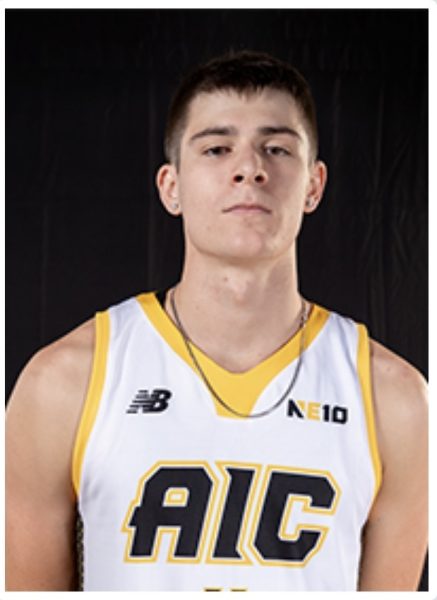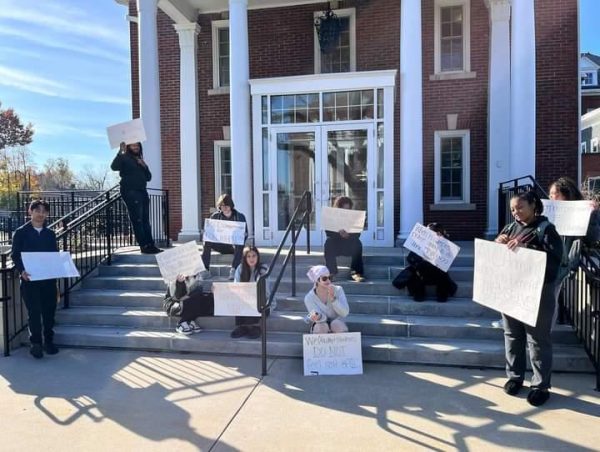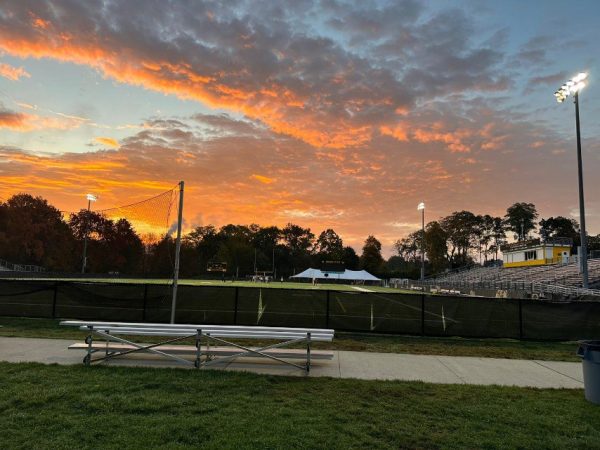Women in combat
January 26, 2012
February 21, 2018
Women in combat has been a popular topic for a while now. Combat medic recently became optional to women.
A 1994 ban has prohibited women from serving in combat, even with making up 14% of the military’s 1.4 million active members.
The US military legitimately lifted a ban on female soldiers serving in combat roles on Thursday and said that anyone capable should get a chance to fight on the front lines of war regardless of their sex. For decades women weren’t allowed to serve in the Army Special Forces (Green Berets, Rangers), but in 2015, women were allowed to try and qualify for the Rangers.
As far back as the Revolutionary War, women have at times been forced into combat, though until recently they have been officially excluded from choosing to do so intentionally.
In WWI and WWII women served in several roles such as the Army Nurse Corps, and the Women’s Army Corps (WAC). They carried out numerous roles such as clerical work, mechanical work, photo analysis, and sheet metal working; in some cases, they were useful as test pilots for fighter planes as WASPS. In 1979 deployment experiences became the same for men and women. While women were able to register, they were forbidden from direct combat roles or assignments. In 1994, the Department of Defense officially banned women from serving in combat. The United States has more women in its military than any other nation.
The terrorist attacks of September 11, 2001 were a crucial point for women in the Military. As the Army’s mission changed in Iraq and Afghanistan, the roles of women also changed in the ranks. In 2016, women had the equal right to choose any military industrial field such as ground units that were not authorized before.
On January 24, 2013, Secretary of Defense Leon Panetta removed the military’s ban on women serving in combat. Enactment of these rules is ongoing. There are some assumptions that this could lead to women having to register with the Selective Service System. I don’t know about that, what do you think?
On November 21, 2013, the first three women to ever complete the United States Marine Corps’ Infantry Training Battalion course graduated from the United States Marine Corps School of Infantry in Camp Geiger, North Carolina. However, these three female graduates will still not be allowed to serve in infantry units until further studies can prove they are physically capable of doing so. However, it was later informed on January 3, 2017 that three women who graduated became the first to join a Marine combat battalion that would serve as a rifleman, machine gunner and mortar Marine in the 1st Battalion, 8th Marines.
In April 2015, a two-and-a-half-year period in which the tough Marine Corps’ Infantry Officer Course became gender-integrated for research ended without a single female graduate. The final two participants in the Marines’ trial with training women for ground combat started and failed the IOC on April 2. Both were dropped that same day during the grueling initial Combat Endurance Test.
Army Ranger Battalions and Navy SEAL units plan to open sites to women by 2015 and 2016, correspondingly. In August 2015, Capt. Kristen Griest and 1st Lt. Shaye Haver became the first two women to graduate from the U.S. Army Ranger School, despite failing the portion of the tests required to enlist in the 75th Ranger Regiment. In 2016, Griest became the first female infantry officer in the US Army when the Army approved her request to transfer there from a military police unit.
My sister has recently joined the combat medic, I think it’s scary yet a great opportunity for her. There will be some opticals but if she has faith I know she can get through them. She’s been crazy about joining since she found out that she can join. She’ll come back stronger and wiser. They will put you down time from time but it just makes you stronger. These girls can do it if they put their minds to it. I know they can.














